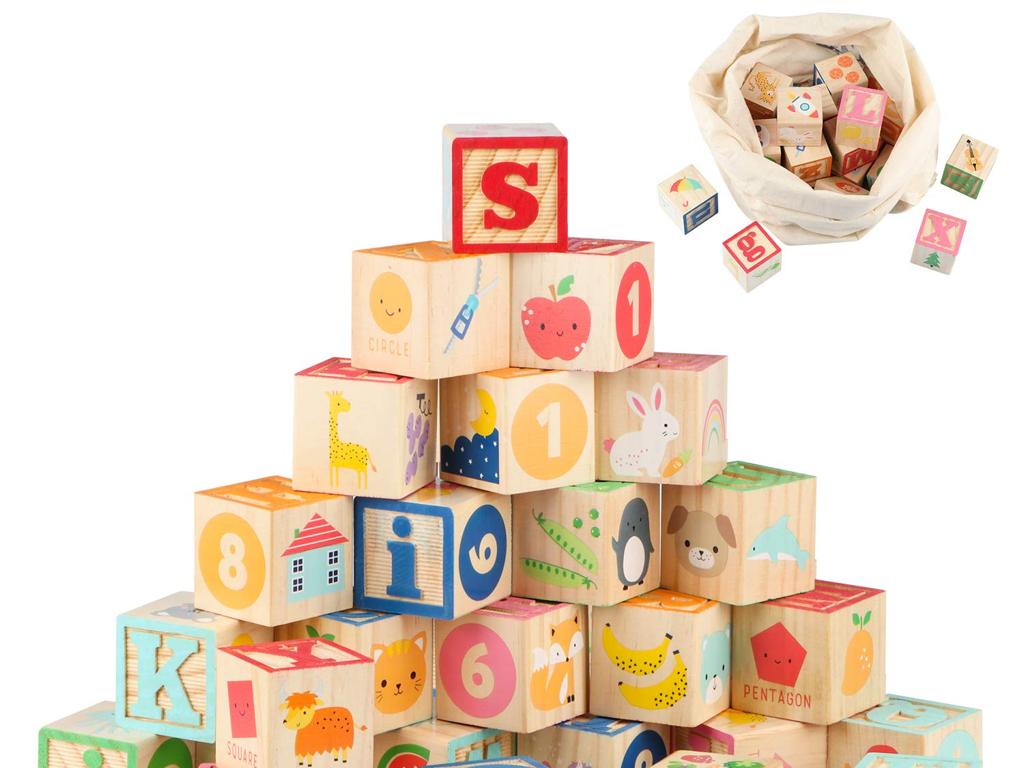Laboratory Safety Equipment
Subject: Science
Grade: Eighth grade
Topic: Science Practices And Tools
Please LOG IN to download the presentation. Access is available to registered users only.
View More Content
Welcome to Science Lab Safety
– Importance of safety in the lab
– Safety prevents accidents and injuries.
– Lab rules and responsibilities
– Rules ensure everyone knows what to do.
– Focus on safety equipment
– Learn about goggles, gloves, and more.
– Engaging with safety practices
|
This slide introduces students to the critical concept of safety within the science laboratory. Emphasize the importance of maintaining a safe environment to prevent accidents and injuries. Discuss the lab rules and the responsibilities each student has to uphold these rules, such as no running and following instructions. Highlight today’s focus on laboratory safety equipment, including goggles, gloves, aprons, and fire extinguishers, explaining the purpose of each item. Engage students by asking them to think about why each piece of equipment is essential and how it protects them. This will set the foundation for a safe and responsible lab experience.
Why Safety Comes First in the Lab
– Safety is personal protection
– Wearing protective gear like goggles and lab coats shields you and classmates.
– Preventing accidents and injuries
– Proper handling of equipment and chemicals reduces risks.
– Ensuring a secure lab environment
– A safe space allows focus on learning without fear.
– Importance of safety protocols
|
This slide emphasizes the importance of safety in the laboratory setting. It’s crucial for students to understand that safety measures are in place to protect not just themselves but also their peers. Discuss the role of personal protective equipment (PPE), such as safety goggles, gloves, and lab coats, in preventing harm. Highlight the significance of understanding and following safety protocols to avoid accidents and create a secure environment conducive to learning. Use examples of common lab safety rules and the potential consequences of not following them to reinforce the message. Encourage students to always be mindful of their actions in the lab and to report any unsafe conditions to the teacher immediately.
Personal Protective Equipment (PPE)
– Importance of safety goggles
– Prevents chemical splashes, flying debris from injuring eyes
– Wearing lab coats
– Protects skin and clothing from spills and splashes
– Using protective gloves
– Shields hands from hazardous chemicals and heat
– PPE’s role in safety
|
This slide emphasizes the importance of Personal Protective Equipment (PPE) in maintaining safety in the laboratory. Safety goggles are essential to protect students’ eyes from harmful substances and potential accidents. Lab coats are worn to keep clothing clean and reduce the risk of skin exposure to chemicals. Gloves are necessary to protect hands from chemicals, which can cause burns or skin irritation. It’s crucial to instill the habit of using PPE in students to ensure their safety during lab activities. Discuss the proper use and maintenance of each PPE item, and remind students that safety is always the top priority in any scientific experiment.
Safety Showers & Eye Wash Stations
– Know locations in the lab
– Respond immediately to accidents
– Act fast if chemicals spill or splash
– Use properly during emergencies
– Remove contaminated clothing, use safety shower
– Ensure regular maintenance
– Check weekly for functionality
|
This slide aims to educate students on the critical aspects of safety showers and eye wash stations in the laboratory. Students should be aware of the locations of these safety devices in the lab for quick access during an emergency. Emphasize the importance of immediate response to chemical spills or splashes to prevent injury. Teach students the correct usage of safety showers and eye wash stations, including the removal of contaminated clothing and thorough rinsing. Regular maintenance checks are essential to ensure these safety devices are in working order, which should be performed weekly. During the presentation, demonstrate how to use these stations and discuss the protocol for reporting any issues found during maintenance checks.
Fire Safety Equipment in the Lab
– Different fire extinguishers
– Water, CO2, foam, and powder extinguishers for various types of fires
– Using a fire blanket
– Smother flames by covering with a fire blanket; do not use on electrical fires
– Steps for evacuation
– Follow posted routes, stay calm, and proceed to assembly point
– Safety equipment locations
|
This slide aims to educate students on the essential fire safety equipment found in a laboratory setting. Discuss the various types of fire extinguishers water for paper/wood, CO2 for electrical, foam for liquids, and powder for mixed fire types. Demonstrate the correct usage of a fire blanket, emphasizing that it should not be used on electrical fires. Review the evacuation procedures, ensuring students know the routes and assembly points. Highlight the importance of knowing the location of safety equipment in the lab. Engage students with a mock drill or a demonstration video if possible.
First Aid Kits in the Lab
– Essential items for emergencies
– Bandages, antiseptics, gloves, and more
– Steps for treating minor injuries
– Clean the wound, apply pressure, then bandage
– Recognizing when to get help
– If injury is severe, persistent, or if unsure
– Practicing safety with first aid
|
This slide introduces students to the importance of first aid kits in a laboratory setting. It’s crucial for students to know the essential items that should be in every first aid kit, including bandages, antiseptics, sterile gloves, and other necessary supplies. They should learn the basic steps to treat minor injuries such as cuts or scrapes, which include cleaning the wound, stopping any bleeding with pressure, and then applying a bandage. It’s also important to teach them to recognize situations that require professional medical attention, such as severe or persistent injuries. Encourage students to always prioritize safety and to be familiar with first aid procedures to ensure a safe laboratory environment.
Chemical Spill Kits: Safety First!
– Essential components in a spill kit
– Gloves, goggles, absorbents, and disposal bags
– Step-by-step spill response
– Alert others, use PPE, contain spill, dispose safely
– Safe disposal of hazardous materials
– Follow school protocol for hazardous waste
|
This slide is crucial for educating students on the importance of being prepared for chemical spills in the laboratory. A spill kit typically includes safety equipment like gloves and goggles, absorbents for containing the spill, and bags for safe disposal. Emphasize the steps to handle a spill: alerting others, personal protection, containment, and proper disposal. Ensure students understand the school’s specific protocols for disposing of hazardous materials. This knowledge is not only important for safety in the classroom but also for fostering responsible practices in any future scientific work.
Emergency Preparedness in the Lab
– Locate your nearest exit
– Learn assembly point locations
– Assembly points are pre-designated safe areas to gather outside the lab.
– Stay calm in emergencies
– Keeping a clear mind helps follow safety protocols effectively.
– Follow evacuation procedures
|
This slide aims to educate students on the importance of emergency preparedness in a laboratory setting. It’s crucial for students to be aware of the nearest exits and the designated assembly points in case of an emergency. Emphasize the importance of staying calm during an emergency, as panic can lead to accidents and hinder the evacuation process. Teachers should conduct regular drills to ensure students are familiar with evacuation procedures and routes. Additionally, discuss with students the reasons for staying calm and strategies to maintain composure during unexpected situations.
Class Activity: Safety Equipment Scavenger Hunt
– Locate lab safety equipment
– Team up for checklist completion
– Discuss equipment functions
– What is the purpose of goggles, gloves, etc.?
– Reflect on safety importance
– Why is it crucial to know equipment locations?
|
This interactive class activity is designed to familiarize students with the safety equipment available in the laboratory. Divide the class into small teams and provide each with a checklist of safety items to find. As they locate items like fire extinguishers, eye wash stations, safety showers, and first aid kits, they should mark them off their list. After the scavenger hunt, regroup and discuss the function of each piece of equipment found. Emphasize the importance of knowing the location and proper use of each item for maintaining a safe lab environment. Possible variations of the activity could include creating a map of the lab with equipment locations marked, role-playing scenarios in which certain equipment would be used, or having a timed challenge to see which team can identify all items the fastest.
Conclusion: Laboratory Safety Commitment
– Recap of lab safety equipment
– Remember goggles, gloves, aprons, etc.
– Each student’s role in safety
– Keep area clean, report accidents
– Commit to the safety pledge
– Pledge to uphold safety standards
– Emphasize collective responsibility
|
This slide wraps up the session on laboratory safety equipment by summarizing the key equipment pieces such as goggles, gloves, and aprons, and their importance in protecting students. Emphasize the role of each student in maintaining a safe lab environment, including keeping their work area clean, properly using equipment, and immediately reporting any accidents or unsafe conditions. Lead the class in taking a safety pledge, reinforcing their commitment to following safety protocols at all times. Highlight the importance of collective responsibility in ensuring a safe learning environment for everyone. Encourage students to ask questions and express any concerns they may have about laboratory safety.






